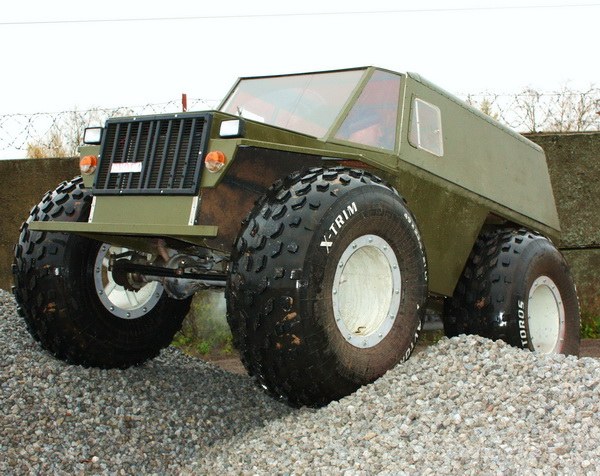You will need
- - corrugated duralumin sheets;
- - screws M5;
- - rubber or metal lining;
- - synthetic rugs;
- - laminated safety glass;
- - foam;
- - soft plastic;
- gasket;
- - the propeller shaft from the "Volga";
- tools.
Instruction
1
The body of the Rover consists of a frame and cladding. The frame should be made of strong steel pipes, in fact it will be a significant burden. Of course, you can use the body of the Oise.
2
Floor in the cabin and the lining of the hood of the vehicle, run from a special material – corrugated duralumin. The thickness of the used sheets of corrugated aluminum should be 1.5-2 mm. To the frame attach the leaves using the M5 screws with countersunk heads, and all formed between the corrugated aluminum to cover the joints of metal or rubber pads.
3
The cab interior line a rimmed thin foam rubber and soft plastic. Glazing of all-terrain vehicle use laminated safety glass.
4
Doors man additional sealant, and the floor cover special synthetic rugs. All this will allow to minimise noise and prevent dust penetration into the cabin.
5
Seat use of the Oise. Behind the rear seats and install bottom fuel tank with neck (capacity 45 litres), descended outside, and above the tank, place the inner boot.
6
When assembling the front axle of this vehicle, consider the camber. First weld the bottom, and it's ball bearings. The front and rear axles attach to the frame with bolts, clamps and telescopic shock absorbers.
7
Torque from the engine of the vehicle to the rear of the bridge can be transmitted to the propeller shaft from "Volga". The choice of this element due to its simplicity, reliability and ease of installation. However, there is one important caveat: the bore hole of the propeller shaft from the Volga and the engine of the Oise may not be the same, so the flanges of the axle and gearbox will blow the adapter.
Note
Fixing all elements of the vehicle must be performed efficiently.
Useful advice
The principle of building a Rover: reliability plus simplicity. Remember it, creating your vehicle.
